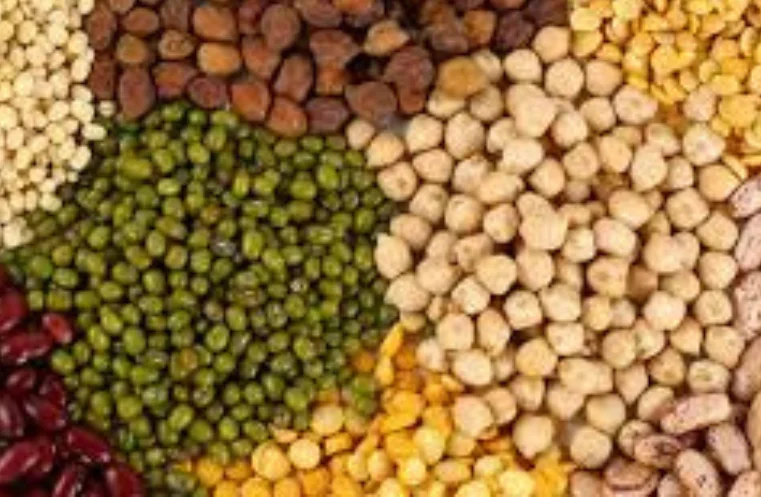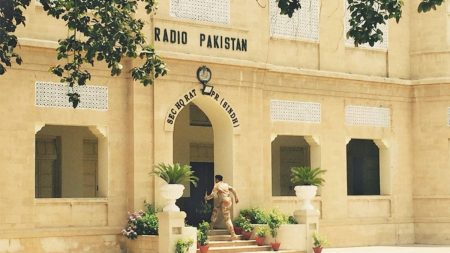Islamabad, Jan 22: An insightful analysis of Pakistan’s trade dynamics for the first half of fiscal year 2024-2025 reveals significant shifts in import and export patterns, highlighting the nation’s evolving economic landscape.
The importation of leguminous vegetables, notably pulses, has seen a noteworthy increase of 12.56% over the past six months. This rise, as reported by the Pakistan Bureau of Statistics, resulted in a total expenditure of Rs147.262 billion, highlighting a growing domestic demand that outpaces local production capabilities.
Read More:
Pakistan Tobacco Exports Surge by 103.65%
Conversely, tea imports have experienced a contraction of 9.50%, totaling Rs87.32 billion. Despite this overall decrease, December 2024 saw a surprising month-on-month surge of 6.62%, amounting to Rs15.624 billion. This fluctuation indicates a volatile market, potentially influenced by seasonal demands or changes in consumer preferences.
The import data also reveals a strategic response to Pakistan’s edible oil needs, with a substantial investment in palm oil and soya bean oil imports to satisfy local consumption requirements. Palm oil imports stood at a staggering Rs428.21 billion, while soya bean oil imports not only increased by 32.33% year-on-year but also showed an astonishing month-on-month rise of 238.93%, with December figures reaching Rs14.25 billion.
Moreover, the country’s imports of dry fruits and infant milk have markedly increased, with dry fruits growing by 118.32% year-on-year to reach Rs24 billion, and infant milk imports totaling Rs16.88 billion. These figures underscore a diversifying diet and increased nutritional awareness among the Pakistani populace.
On the export front, the first half of the fiscal year 2024-25 saw a promising growth of 13.83% in food group exports, achieving a total of $3.959 billion compared to $3.478 million in the same period the previous year. This growth is primarily driven by the rice sector, which alone witnessed a 14.50% increase in its export value—from $1.637 billion to $1.875 billion.
This detailed statistical overview not only reflects Pakistan’s strategic adjustments to trade policies but also underscores the resilience and adaptability of its market in responding to both internal and external economic challenges. The data paints a picture of a country strategically navigating its economic pathways to bolster local industries and satisfy the evolving demands of its population.









